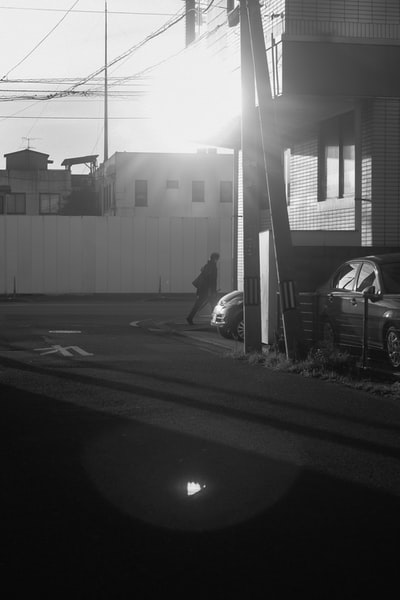 1. Inside some shops you’ll find convex mirrors fitted in the corners.
1. Inside some shops you’ll find convex mirrors fitted in the corners.
a) How are these mirrors useful in preventing shop lifting?
b) The images produced by a convex mirror are upright. What are the other two properties of the images these mirrors produce?

a) What is this process called?
b) Short-sighted people can only see things close to them. The light doesn’t come to focus on the retina. Instead, it falls in front of the retina. What additional lens is used to correct short-sightedness?
c) In long-sighted people the light falls behind the retina. What additional lens is used to correct long-sightedness?
d) A lens changes the direction of light before it enters the eye. How does this correct the vision of someone who’s long or short-sighted?
e) Glasses have been created for people suffering from bad eyesight in poor countries. They can be adjusted by the wearer themselves. Silicone is used to make the flexible lens thicker or thinner. The wearer uses a screw to adjust the thickness of the lens. How can these glasses help the sight of a short-sighted person?
3. Humans can only pick up a certain range of sound waves.
a) What is this range? ____________Hz to ___________Hz
b) What is the name of the sound frequency that’s too high for humans to hear?
c) In factories which use very loud machines the workers wear gear to protect their ears. Why is that important?
d) What causes the sound from the machines?
——————————————————
ANSWERS
1. a) They allow the shop keeper to get a wider view of what’s happening below.
b) Diminished
Virtual
2. a) Refraction
b) Diverging
c) Converging
d) It causes the light rays to focus on the retina at the back of the eye.
e) By removing silicone from the lenses they become concave. This diverges the light rays and gets them to focus on the retina.
3. a) 20Hz to 20,000Hz (or 20kHz)
b) Ultrasound
c) The sound intensity is so great that it could damage their hearing.
d) Mechanical vibrations